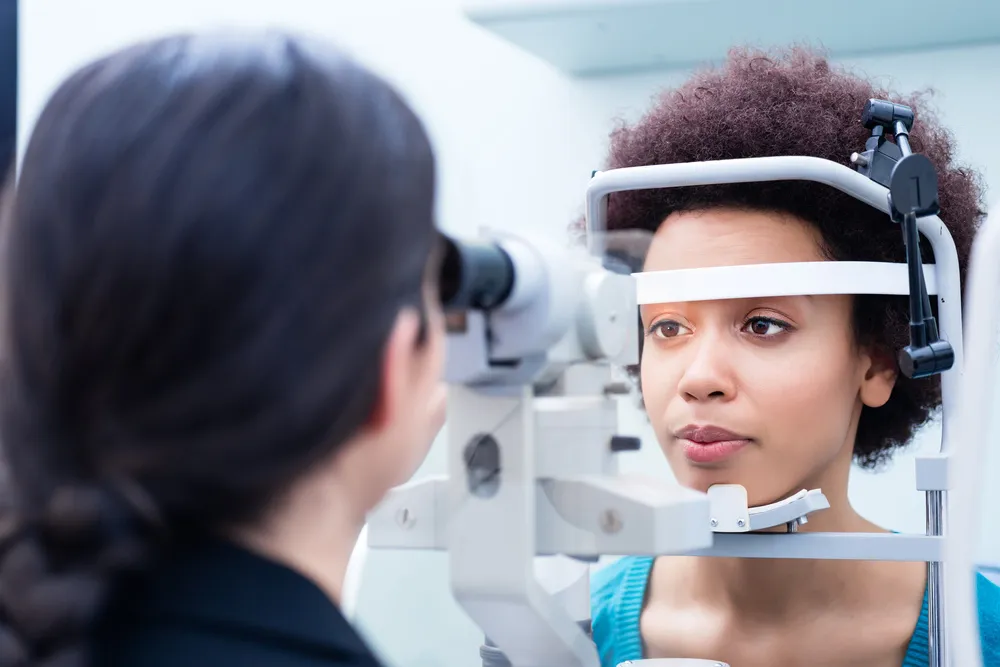Understanding the Disparities in Medicaid Vision Coverage for Adults Across States

Introduction
The landscape of Medicaid vision coverage for adults is a complex issue that varies dramatically from one state to another. A recent NIH-funded study has exposed significant gaps in coverage and access, raising important concerns about the ability of Medicaid beneficiaries to receive necessary eye care.
Key Findings
- Coverage Disparity: The study reveals wide variations in the availability of vision coverage across states.
- Barriers to Care: Many adults face substantial barriers including high copays and restrictive policies that limit their access to essential services.
- Impact on Health: These obstacles can lead to significant repercussions on the overall health of individuals who rely on these services.
Conclusion
Addressing the disparities in Medicaid vision coverage is critical for ensuring that all adults have access to necessary eye care. It is essential for stakeholders to work towards solutions that can improve coverage and remove existing barriers, ultimately enhancing the quality of life for countless individuals.
This article was prepared using information from open sources in accordance with the principles of Ethical Policy. The editorial team is not responsible for absolute accuracy, as it relies on data from the sources referenced.